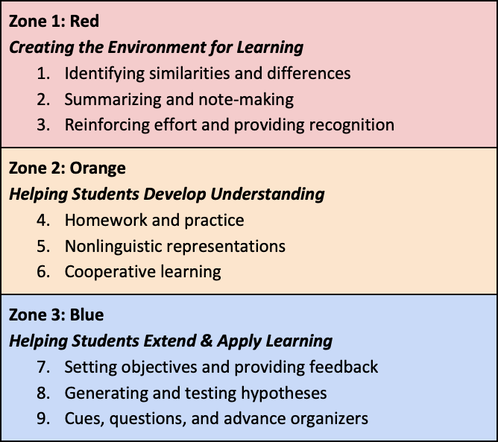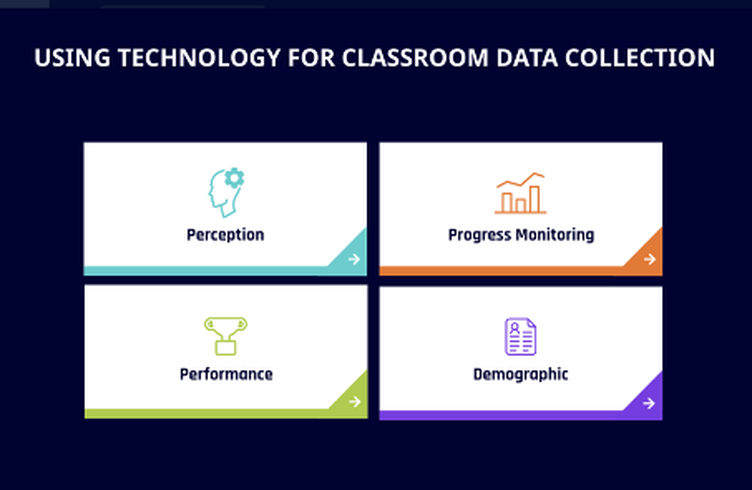Part 2 Where are we going?
In part one I answered the question “Where are we now?” In part two I define the vision for technology use in the county.
Culture of Learning
Readiness
Digital age teachers use digital tools to assess the readiness of students and families for blended learning.
Digital age teachers use digital tools to assess the readiness of students and families for blended learning.
Instructional Planning
Robert Marzano identified nine essential instructional strategies that increase student achievement (Marzano, 2007). To support instructional planning, the nine strategies are divided into three zones. Digital age teachers use technology to create an environment for learning, help students develop understanding, and help students extend and apply learning.
Support for Struggling Students
Educators use flexible technologies to design for learner variability. They offer choices for Engagement, Representation, and Action and Expression to reach the broadest range of learners.
|
Engagement
|
Representation
|
Action & Expression
|
Assessment and Analysis
Formative assessment tools provide instant feedback for students and make it easier for educators to identify subgroups of students in need of additional support or rigor and gaps in knowledge.
Digital age teachers use digital tools to--
Digital age teachers use digital tools to--
- monitor student progress towards mastery of content area and technology standards,
- develop formative and summative assessments that incorporate enhanced item types,
- and create opportunities for learners to demonstrate competency in alternative ways.
Data Collection
Digital age teachers use technology for data collection and use perception, demographic, achievement, and performance data to make decisions about teaching and learning.




